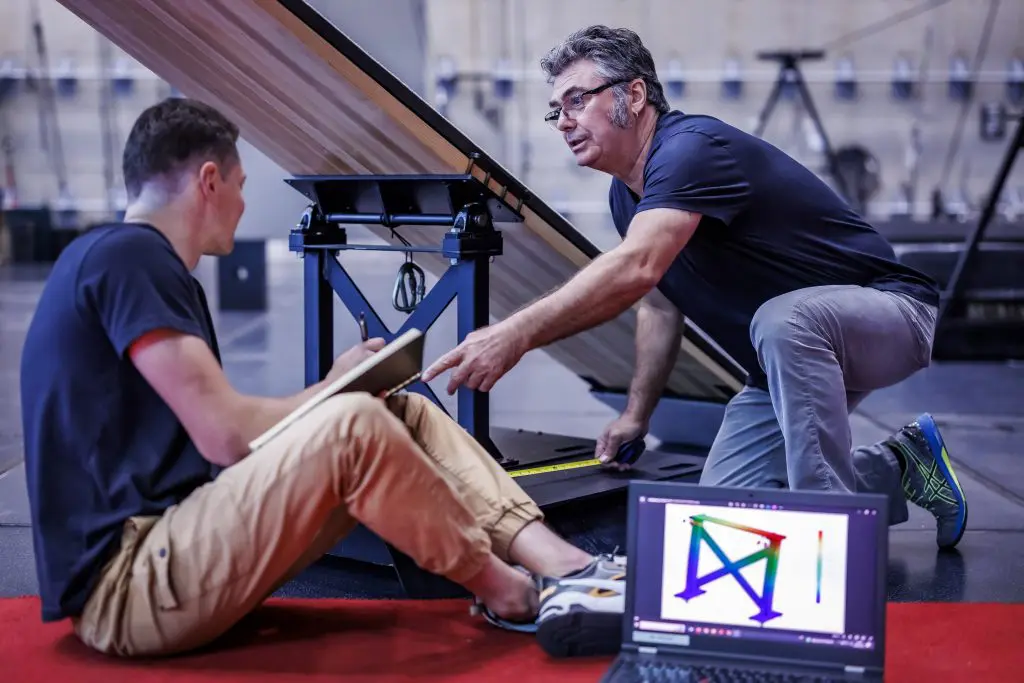
Circus is not an end in itself but a powerful engine for understanding human potential and stimulating social innovation. It is with this conviction at heart that we announce today the transformation of our Centre for Circus Arts Research, Innovation and Knowledge Transfer (CRITAC) into the Research Centre for Human Potential: HUPR.
But let’s back up. How did we get to this point in the first place?
Taking a leap into the unknown, Marc Lalonde, former Executive Director of the National Circus School of Montreal, created Canada’s very first Industrial Research Chair in Circus Arts in 2012, already with the certainty that movement, performance and the performing arts were keys to unlocking applied research on human behavior. I had the honor of being appointed as the holder of this Chair, an adventure that enabled me to collaborate with a collective of interdisciplinary, creative and rigorous researchers. In 2013, I also became the first director of CRITAC, consolidating the connection between applied research and the performing arts.
In 2013, we had an epiphany. Our team was invited to the International Physical Literacy Conference in Banff to talk about circus arts’ key human components—controlled risk, trust, openness, exploration, and what we call “risky play”—to address a major societal issue: youth sedentary behavior. The topic had never been explored using the lens of performing arts. And our team had never thought to measure the potential impact of human movement and collaboration in schools until this very moment. Unlikely encounters and collaborative partnerships have led the way ever since.
In 2016, Éric Langlois succeeded Lalonde as Executive Director of the National Circus School and supported the innovative direction our research was taking. It was at this point that the idea of creating a new identity for our research centre around human potential began to take shape.
To that end, in 2022 we found an ideal partner in the creative studio, GRDN, to help us share our accomplishments and juggle new potential with a firm trust in the process. It was essential for us to launch this next phase with collaborators who could take off with momentum and fearlessness, even deep into the unknown. GRDN helped us forge our new identity, and with it, our new name, HUPR, to honor and evoke the energy of our team and human potential.
Take, for example, the project “N.Ormes,” which features two acrobats, Agathe and Adrien, exploring gender dynamics through hand to hand movements in contexts ranging from social mediation through art as well as in academic research settings. Julie Théberge’s “Urgences Rurales 360,” in collaboration with the company The 7 Fingers and the Research and Innovation Chair in Emergency Medicine, highlights hospital issues in rural areas and the potential impact of performance on public perceptions through a lecture-show. The research-creation project “écH2osystème: From River to Stage” , initiated by researcher Geneviève Dupéré, explores the complex dynamics of the St. Lawrence ecosystem, including humans as integral components, through a collaborative approach involving over 300 contributors from the fields of science, fisheries, industry, and circus arts.

The endpoint of our research is never predetermined. When we design projects, we want them to change our perception of what is possible. And so, we extend the foundations of the circus arts—encounter, curiosity, risk, openness, surprise—into other disciplines. Because art, especially the art of embodied performance, can be a mediator leading to social change.
Our applied research activities also include training, support, and technical assistance that we provide to partners—whether for-profit companies in the creative industries or small to large educational, community, or government-affiliated organizations. As we constantly seek to conquer the unknown in our efforts to elevate human potential, we have even contributed to the development of new innovative motion capture technology for embodied performance and new designs for ergonomic equipment in schools to support students’ learning.
For me, the essence of our research is to collaborate, experiment, and set positive changes in motion. In the simplest terms, the goal for HUPR is not only to help performing arts grow in our society, but to help our society grow through performing arts.
If the world of embodied arts should remind us of anything, it’s that human potential is infinite, and that for any innovation to take place and change the world, transdisciplinary communities built on trust and collaborative risk-taking are essential.
Long live HUPR!
—
Patrice Aubertin